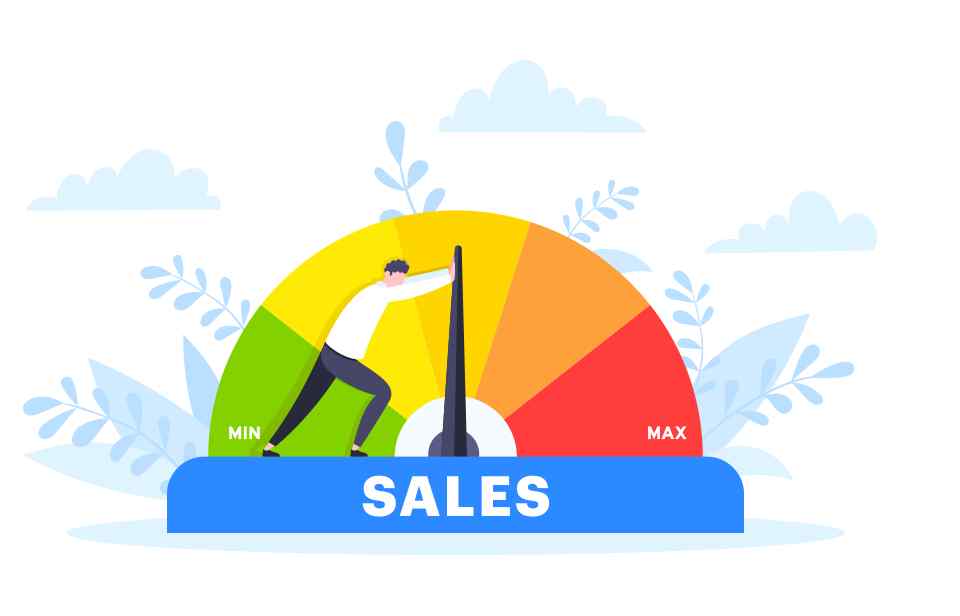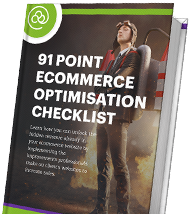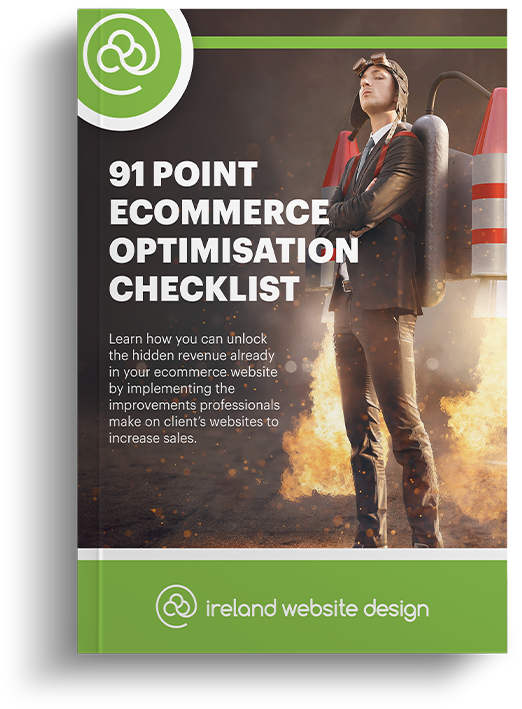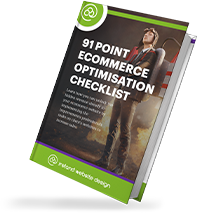You’ve worked really hard to attract customers to your eCommerce site. You put in a lot of hours (and a lot of money) into creating your website. You’ve rolled out the perfect marketing campaign to help guide your customers along the path to making a sale.
It couldn’t be easier for them to buy from you.
So, why aren’t they completing the sale?
It doesn’t matter how many people you can attract to your site if none of them checkout with their basket full of products.
Let’s go over this for a second.
- You invested money into generating traffic
- You paid for online ads
- You paid for professional photography
- You wrote some amazing blog posts
- You even developed email marketing campaigns
But, did you optimize your checkout process?
How many times has a customer been so close to buying your products and then changed their mind at the last minute?
How easy is your checkout to complete? Does it have a confusing layout?
To make it easier for people to complete their orders, you need to optimize your checkout page.
The 20 point e-Commerce checkout optimization checklist
1. Show your customers exactly what to expect during checkout
Show your customer the buying process. Number each step they need to complete. Give them clear, jargon-free instructions on what to do. Keep it simple by using basic graphics and being clear about what happens when they complete their purchase.
2. Keep it to one page
The ideal checkout page (and the layout with the highest conversions) is one page.
People don’t like filling out three pages of questions just to order a t-shirt. Keep it simple.
If you absolutely have to have multiple pages on your checkout process, use a progress bar to show your customers how many steps they have left before their order is complete. Customers don’t like to be surprised – and the more steps there are to your checkout, the less likely they are to complete their purchase.
3. Allow guests to checkout
Making customers register before checking out can irritate the casual buyer – many will just leave without completing their purchase.
Offer a guest checkout procedure so your customers can enjoy a quicker, smoother experience.
After the transaction has been completed you can ask them if they’d like to register with you.
4. Capture their emails ASAP
Getting your customer’s email addresses early on in the transaction will allow you to send them abandoned cart emails if they fail to go through with the purchase. This will help you build a relationship long-term with your customer, encouraging further sales.
5. Keep the back button fully functional
A lot of people use the back button on their browser to essentially ‘undo’ actions they’ve done on a site. If the back button doesn’t do anything when they click on it, the customer can become frustrated – leading them to click away to a website that’s easier to use.
6. Keep customers on the same domain
By directing your customers away from one site to another you’ll cause disorientation and distrust. They want to do everything on one site so don’t have your checkout page (or any page for that matter) on a separate domain.
7. Invoke trust throughout the checkout process
You can do this by:
- Displaying credit card logos on relevant pages and on your footer
- Displaying SSL seals to show the site is secure
- Showing trust seals and certifications – like the Retail Excellence Trustmark
- Embed customer reviews
- Show customer testimonials & videos
8. Remind visitors of the value they’re getting
Highlight all of the benefits of ordering with you, like:
- Free shipping
- Easy returns
- Next day delivery
- Secure shopping
- 24/7 customer support
- Total savings on their basket
9. Keep it simple
Remove (or reduce) the header and footer on your checkout page. This will remove any distractions that might derail your customer from finishing their purchase.
10. Reduce alternative navigation options
Be very careful with the timing of this. You should only reduce alternative navigation when the customer is on the direct path to checkout. Otherwise, they might feel trapped and lost and leave your site altogether.
11. Provide live chat for support
Hold your customer’s hands (virtually) and reassure them about their purchasing decisions. You want to be able to address their concerns and remove any doubts in their mind at all times which is why a real-time support chat is an excellent addition to your site. Live chat also provides you another chance to capture contact details for future marketing campaigns.
12. Avoid unexpected shipping costs
The easiest way to go about doing this is to offer free shipping on orders. If this isn’t possible then show delivery costs on each product page. You can also consider adding an eircode shipping calculator on the ‘checkout review’ page.
13. Be transparent about your stock levels
Be honest to your shoppers about stock levels especially if it will impact the delivery time of the item they’ve purchased. If you only have 2 left in stock, sure tell customers there are only 2 left – but if you actually have 80 of that item, and customers revisit your site later to see ‘QUICK ONLY TWO LEFT IN STOCK ORDER NOW’ still plastered across your product page, they’ll lose trust in you completely.
14. Keep your CTAs to the point
For example, make sure your “Add to Cart” button is clearly labeled and the most obvious action on your product detail page. You should also make the “Checkout” button obvious as well. Always make sure your customers know what action they have to take next. Calls to action are exactly that – a call to complete the desired action you want them to take – so be clear and keep it simple.
15. Display cart contents clearly
This makes it easy for your customers to make changes to their selection without having to leave the page. Display all items in the cart on one page, in a relevant order that can be easily edited.
16. Create urgency and FOM
These are two of the best marketing strategies to get results on your checkout page. Whether it’s a limited-time deal or low-stock levels, people don’t like to think they might be missing out on a good deal. Customers are more inclined to buy something straight away if it has a time restriction or is in scarce supply. To maintain the trust (and respect) of your customers, be genuine when using these techniques.
17. Use a mobile-friendly design
A lot of people use their mobile devices like phones and tablets to complete purchases, so make sure your checkout is optimized for mobile use. If it isn’t you could be losing out on a lot of potential customers.
18. Minimise questions
One of the best ways to optimize a checkout page is to reduce the number of mandatory form fields. Many checkouts have a huge amount of information customers need to fill in before they can finally complete their orders. People don’t like to spend a lot of time filling in the form, they just want to buy your products. The more form fields you have the more likely a customer will just abandon their cart.
19. Highlight (positive) customer reviews
Word of mouth is one of the best marketing tools out there. Customers like to know they’re making the right decision by purchasing your product. By displaying real, positive customer reviews to potential buyers, you’ll help convince them your product is the right choice.
20. Test, measure, implement, and repeat.
Optimizing your checkout page wouldn’t be complete without testing, measuring, adapting, and repeating. Checkout optimization is an ongoing process – online consumers are constantly changing their preferences, technology is ever-evolving and your competitors are always trying new things. To stay relevant and keep those orders coming in, you need to test, measure, implement and repeat.
Want to improve your website’s checkout page? Give us a call on 051-325567 or send us an email at info@irelandwebsitedesign.com.




